
Search
Articles
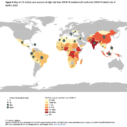
Multidimensional Poverty and the Risk from COVID-19
As of April, the COVID-19 pandemic (1) is just be- ginning to spread to developing regions, and ad hoc emergency responses are currently being developed and applied in rapid fashion. These often involve targeted food or cash programmes directed at the poorest and those who are most vulnerable. However, a major obstacle faced by many governments at the moment is how to identify the poorest. One way of doing so is to apply the global Multidimensional Poverty Index (MPI) – which both makes good use of available data and is a well-established concept of poverty.
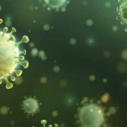
The Threat Posed by COVID-19 to People Living in Poverty
Governments and the development community are attempting to respond to the evolving threat of the COVID-19 pandemic. The impact on multidimensional poverty levels around the world is likely to be severe, with the poorest hit hardest.
COVID-19 has the potential to drag people just above the poverty threshold into poverty due to its effect on the global economy, with many countries halting production and shutting down whole sectors of their economies. The virus is providing another sobering example of the stark inequalities in society – both in monetary and multidimensional terms – and exacerbating those inequalities at a speed that few could have predicted.
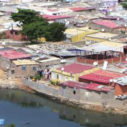
Angola: The First Country in Africa to Develop a Municipal Multidimensional Poverty Index
Located on the western coast of south-central Africa, the Republic of Angola has a population of approximately 31 million (2020). According to the 2019 global Multidimensional Poverty Index (MPI), 51% of its population lives in multidimensional poverty.
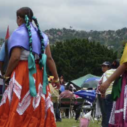
Measuring Poverty in the Indigenous Population of Mexico
The measurement of multidimensional poverty in the indigenous population of Mexico stems from two concerns. The first is a general concern about poverty. It has been established that the prevalence of poverty in the indigenous population – extreme poverty in particular – is consistently greater than in the rest of the population, and that it involves much broader factors than income. The end result is an accumulation of disadvantages that work against equal rights.
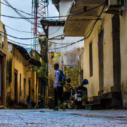
Shame, humiliation, and poverty
What do a survivor of the Bangladeshi war of independence, a leprosy sufferer, and a Colombian demobilised FARC member have in common? The answer is that stigma and discrimination –which are related to the emotional states of shame and humiliation – have played a central role in the poverty of these people, as it shows in the three stories published in the Spanish newspaper El País that we will see below.












